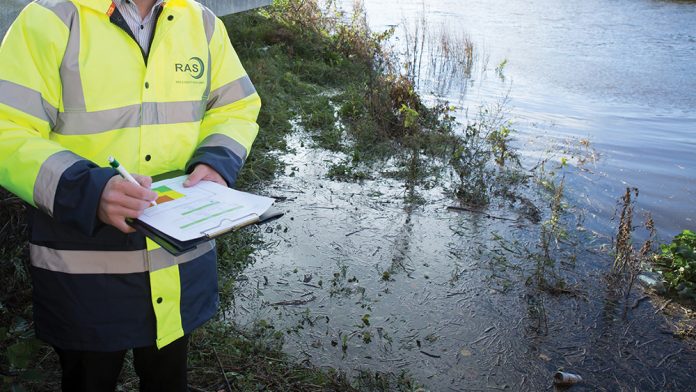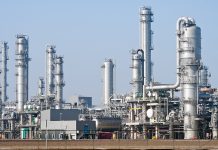Climate protests, the war on plastic, pollution tax. Media has shown us that concern for the environment is rapidly increasing, and it’s not just ecology and the economy that bear the brunt of environmental damage; there are links between the environment and human health, both physical and psychological, too. Justifiably, the environment is a hot topic, and it goes without saying that we should be doing our best to protect it, but how can we make sure our arrangements for managing major accident hazards are up to the challenge?
The very purpose of assessing risk is so we can understand how we should manage it. The ALARP principle requires operators to implement control measures that will reduce risk to a level that is ‘As Low As Reasonably Practicable’. In the context of health and safety risk, this is relatively easy; there are prescribed methods for risk assessment and the value of a life is a defined figure. Thanks to this, quantifying whether a suggested measure for improvement is justified via cost-benefit analysis provides a clear and reasoned argument for why it should (or shouldn’t) be implemented.
While industry is making great steps towards a consistent approach to environmental risk assessment, the ‘so what’ part of the risk management process is yet to catch up. When applying the ALARP principles, the ‘practicable’ part is often straight forward – some measures cannot be physically achieved in a particular context, or are obviously disproportionate. The ‘reasonable’ part is a different story. Unlike safety risk, where justified spend calculations provide a clear-cut method for assessing further measures, environmental risk encompasses such wide ranging and variable parameters that it is somewhat overwhelming to think of all the aspects that must be taken into consideration.
There are a huge number of variables associated with the cost of a major accident to the environment. The magnitude of the incident and the types of environmental features affected make a huge impact on the scale, and therefore the cost, of recovery. On top of this there are economic consequences, via loss of revenue and fines (which are uncapped if the responsible party is prosecuted under criminal law). Not to mention the extensive possibilities for consequences depending on the context, such as loss of tourism and recreational areas, disruption to other industries and loss of natural resources like timber and fresh water. It is clearly very difficult to come up with a value that can be used in justified spend calculations.
Not only does this uncertainty fail to help us estimate our costs, but it also prevents us from defining a maximum cost for any one event to use as a conservative baseline. No two past incidents can truly be compared as environs differ and the nature of fines means that factors such as organisation size, history of compliance and willingness to take recovery action all create a unique outcome. In fact, two identical events at the same location can result in vastly different consequences depending on the time of year.
The result of all this is that the approach to justified spend calculations vary significantly across industry, creating a great deal of inconsistency. A one-size fits all method simply won’t work for a concept with so many variables, but on the other hand, we can’t apply a blanket requirement to accept all measures either. With increasing pressure on industry to prove that the environment is at the forefront of decision making, we need to find a compromise that allows us to properly justify where we see a suggested measure as unreasonable.
We don’t have a definitive solution, but it is something we have been encouraging our peers in industry to help us to explore. Perhaps it is time to consider if cost-benefit analysis really should be the determinative factor in ALARP demonstrations, or maybe we can tailor an approach that uses broad categories and defined modifiers that provide enough consistency to compare the relative costs of measures. There can be no one-size fits-all, but we can all agree that consistency is the key to demonstrating the commitment of our industry to the environment.
Rob Ritchie, Aimee Russell and Jennifer Hill
enquiries@ras.ltd.uk









